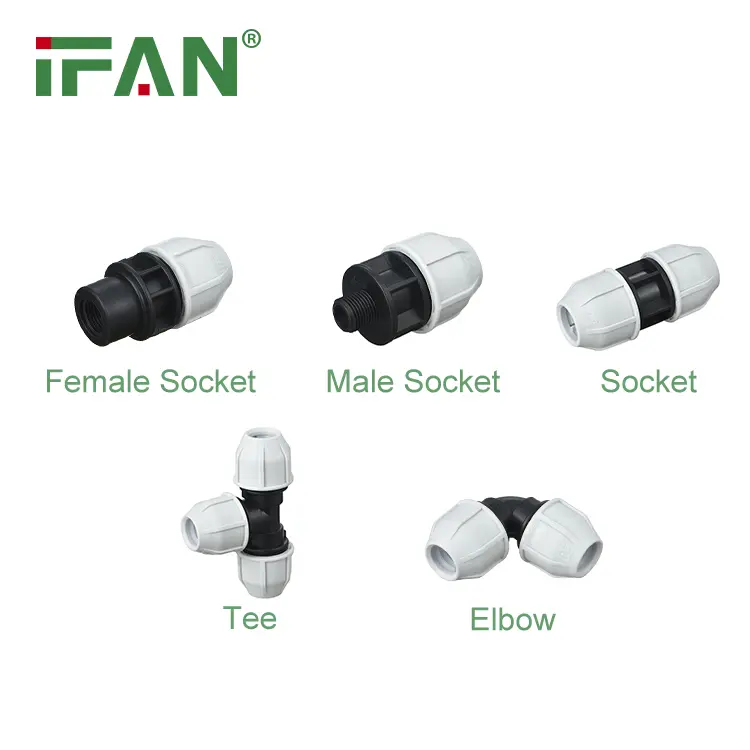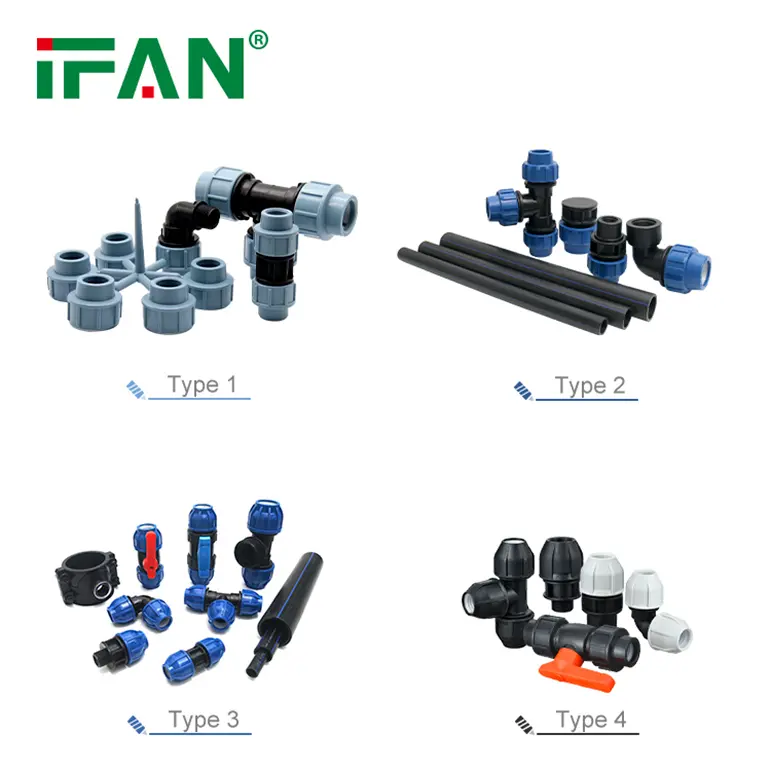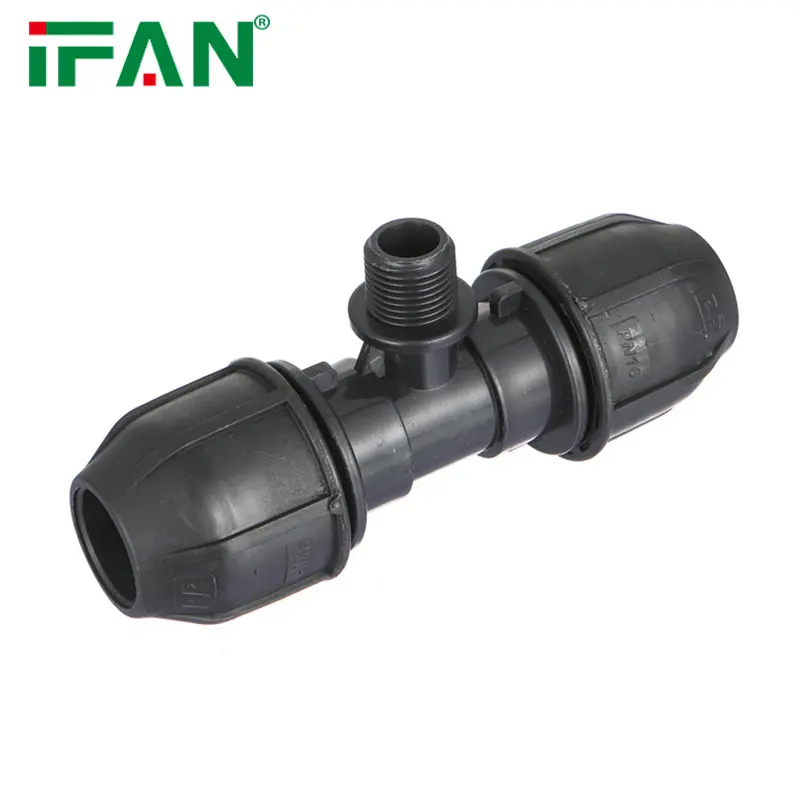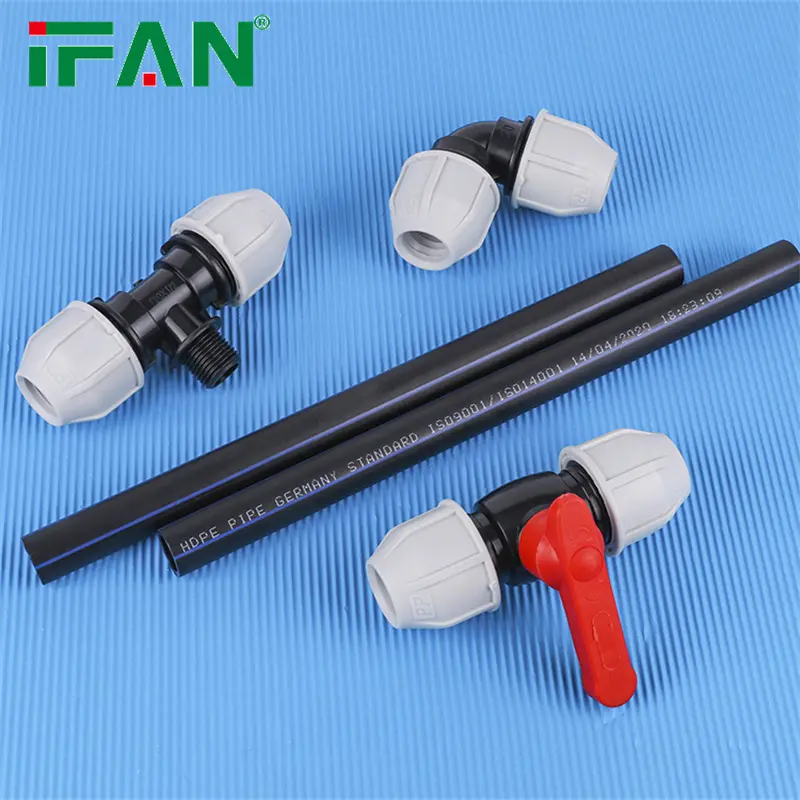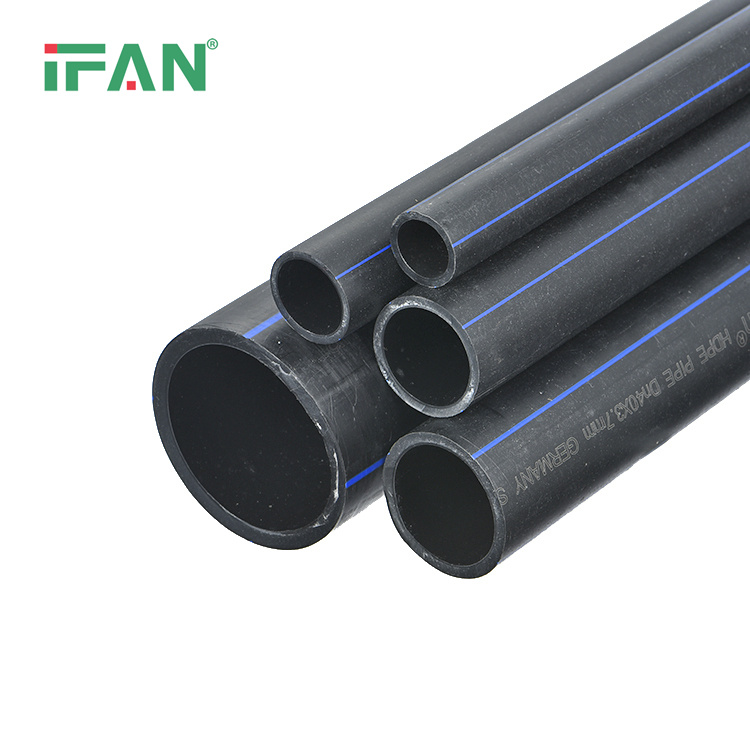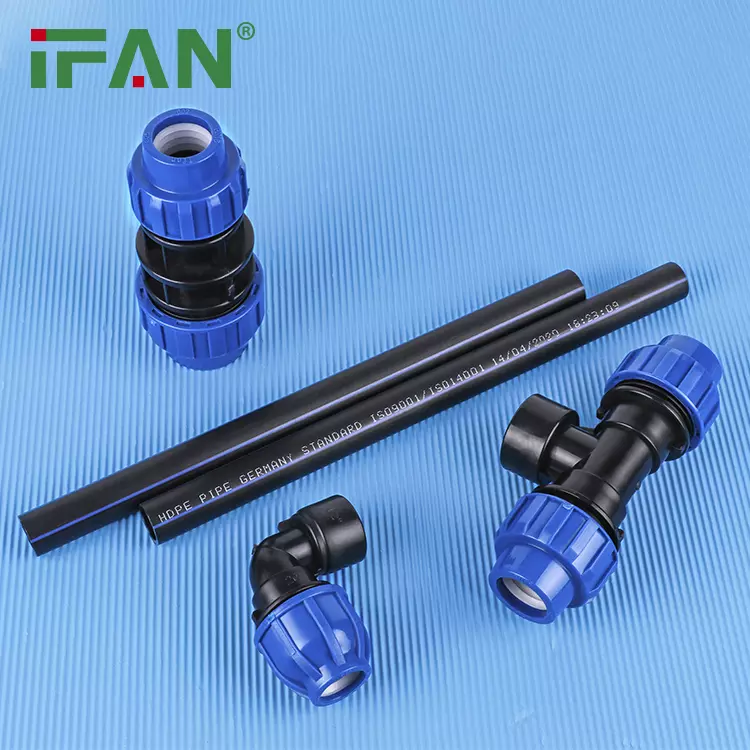HDPE pipe fittings serve as essential components in plumbing systems, facilitating the connection of pipes for fluid conveyance. These fittings come in a diverse range of types, including elbows, tees, couplings, reducers, end caps, and more.
Types of HDPE Pipe Fitting
HDPE pipe fittings encompass a wide array of types to accommodate various piping needs. Elbows allow for directional changes, tees enable branching connections, couplings join two pipes together, reducers facilitate size transitions, and end caps provide closure to pipe ends. Each type plays a distinct role in ensuring the smooth flow of fluids within the piping system.
Composition of HDPE Pipe Fitting
HDPE pipe fitting are primarily composed of high-density polyethylene (HDPE), a thermoplastic known for its exceptional strength, chemical resistance, and durability. The material’s molecular structure contributes to the fittings’ robustness, making them ideal for withstanding internal and external pressures in diverse applications.
Benefits of HDPE Pipe Fittings
HDPE pipe fitting offer numerous advantages that make them a preferred choice in piping systems. Their flexibility allows for easy installation around obstacles, while their impact resistance ensures long-lasting performance even in challenging environments. Additionally, HDPE fittings are lightweight, corrosion-resistant, and cost-effective, providing a reliable solution for various fluid transport requirements.
Applications of HDPE Pipe Fitting
HDPE pipe fittings find widespread application across multiple industries and infrastructure projects. From municipal water supply and sewage systems to industrial processing plants and agricultural irrigation networks, these fittings play a crucial role in ensuring efficient fluid conveyance. Their versatility and reliability make them indispensable in modern piping applications.
Installation of HDPE Pipe Fittings
The installation of HDPE pipe fitting involves precise techniques to achieve secure and leak-free joints. Proper procedures, such as cutting pipes to the required length, preparing clean and smooth surfaces, and utilizing heat fusion methods for welding, are essential for ensuring the integrity of the connections. Attention to detail during installation is critical to the long-term performance of the piping system.
Maintenance of HDPE Pipe Fittings
Regular maintenance and inspection are key to preserving the functionality and longevity of HDPE pipe fittings. Monitoring for signs of wear, corrosion, or leaks helps identify potential issues early on, allowing for timely repairs or replacements. By adhering to maintenance schedules and addressing any concerns promptly, the reliability of the piping system can be upheld.
Challenges with HDPE Pipe Fittings
Despite their durability, HDPE pipe fitting may face challenges such as UV degradation when exposed to sunlight for extended periods. Implementing preventive measures, such as using UV-resistant coatings or shielding, can mitigate this risk and prolong the service life of the fittings. Awareness of potential challenges and proactive maintenance practices are essential for maximizing the performance of HDPE piping systems.
Future Trends in HDPE Pipe Fitting
Ongoing advancements in material technology and manufacturing processes are driving innovation in HDPE pipe fitting. These developments aim to enhance the strength, durability, and sustainability of fittings, opening up new possibilities for improved performance in diverse applications. Emerging trends focus on optimizing design features, incorporating recycled materials, and exploring novel fabrication techniques to meet evolving industry demands.
Conclusion
HDPE pipe fittings play a vital role in modern plumbing and fluid transport systems, offering a reliable and efficient solution for connecting pipes in various applications. Understanding the types, composition, benefits, applications, installation methods, maintenance practices, challenges, and future trends associated with HDPE fittings is essential for ensuring the seamless operation of piping infrastructures. By staying informed and embracing innovative solutions, stakeholders can harness the full potential of HDPE pipe fittings in building resilient and sustainable piping networks.

If you have read this article and have any questions, please feel free to contact IFAN. Below is our contact information:
Whatsapp:+86 13373827623
Email:[email protected]






























